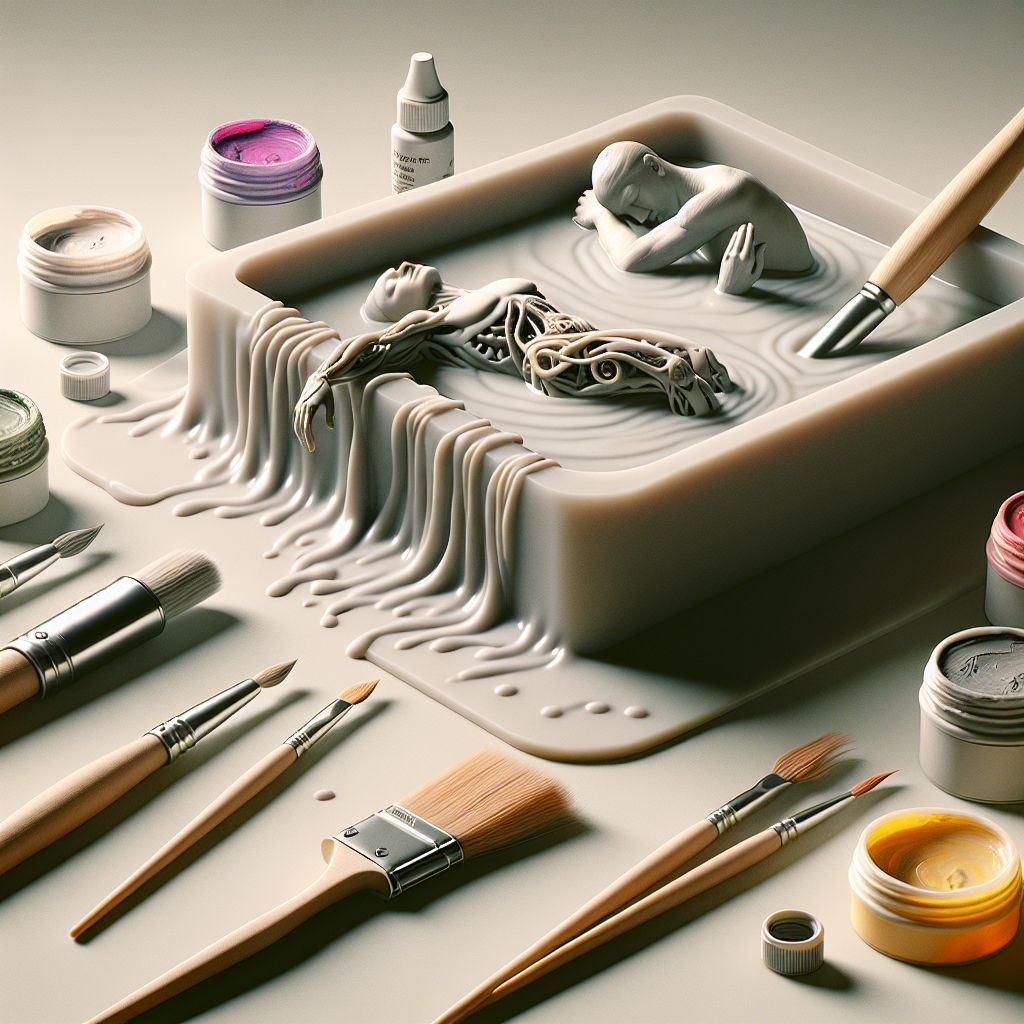Introduction
When your 3D print emerges from the build plate, it often looks a little plain — typically a single color dictated by your filament or resin. But the beauty of 3D printing lies not just in the creation of unique shapes, but in the ability to customize your creations fully. Coloring 3D printed objects can take your projects from basic prototypes to eye-catching, personalized masterpieces. In this article, I’ll share the best methods for coloring 3D printed parts, drawing on years of hands-on experience.
1. Painting: The Classic Customization Technique
Painting remains the most versatile method for adding color to 3D prints. It works well for both FDM (filament) and resin prints, allowing for gradients, fine details, and an array of finishes.
Preparation: The Key to a Smooth Finish
- Sanding: Start by sanding your print to remove layer lines. Use progressively finer grit sandpapers (start at 200 and move up to 1000+).
- Priming: Apply a plastic primer to ensure paint adhesion and highlight any imperfections.
Choosing Paints
- Acrylic Paints: Water-based, widely available, and safe for most plastics.
- Spray Paints: Fast coverage for larger models; use light, even coats.
- Model Paints: Designed for plastic miniatures, perfect for fine details.
Top Tips
- Use soft brushes for hand-painting. Airbrushes offer the best control and smoothest finish.
- Seal your work with a clear coat for durability and the desired sheen (matte, satin, or gloss).
2. Dyeing: For Seamless Color Infusion
Dyeing is an excellent method, especially for SLS or nylon prints. With the right dyes, you can achieve vibrant, even coloration without obscuring details.
How to Dye 3D Prints
- Clean your part thoroughly to remove oils and debris.
- Prepare a heated dye bath (nylon absorbs dye best at 60-70°C).
- Submerge your print, monitoring the color intensity. Dyeing can take from a few minutes to an hour.
Dyes like Rit DyeMore work well for many plastics. Always test on a sample piece first.
3. Filament and Resin Pigmentation: Color from the Start
For those who want full-color objects without post-processing, consider:
- Multi-color 3D Printing: Use printers with multi-material capabilities (like Prusa MMU or Palette) to print in several colors at once.
- Pre-colored Filament/Resin: Choose from a wide array of colors, including specialty filaments like silk or glitter for unique finishes.
- Mixing Resins: For SLA/DLP printing, add pigment to clear resin for custom shades.
While these options are limited to one color per area, they’re ideal for functional parts that don’t require detailed painting.
4. Hydro Dipping: For Wild and Unique Patterns
Hydro dipping (water transfer printing) lets you transfer vibrant, complex patterns onto 3D prints — think camouflage, wood grain, or marble.
- Process: After priming, float a hydrographic film on water, spray with activator, and dip your object for instant patterning.
- Best For: Helmets, cosplay props, and decorative items.
Finish with a clear coat for protection and shine.
5. Marker Pens and Sharpies: Fast Touch-ups
For small parts or quick coloring, alcohol-based markers and paint pens offer a simple solution. They’re great for adding accents, panel lines, or subtle effects.
6. Surface Finishes: Beyond Color
Beyond basic coloring, consider special surface treatments:
- Rub ‘n Buff: Metallic waxes create realistic metal finishes.
- Weathering Powders: Add wear and tear for realistic models.
These techniques, often combined with painting, take your models to the next level.
Conclusion
Coloring your 3D prints is where creativity truly shines. Whether you choose traditional paints, vibrant dyes, or high-tech multi-material printing, each method brings its own advantages. For best results, experiment and combine techniques to achieve your ideal look. With practice and patience, your 3D printed creations will not only stand out in form but also in color and finish.

Leave a Reply